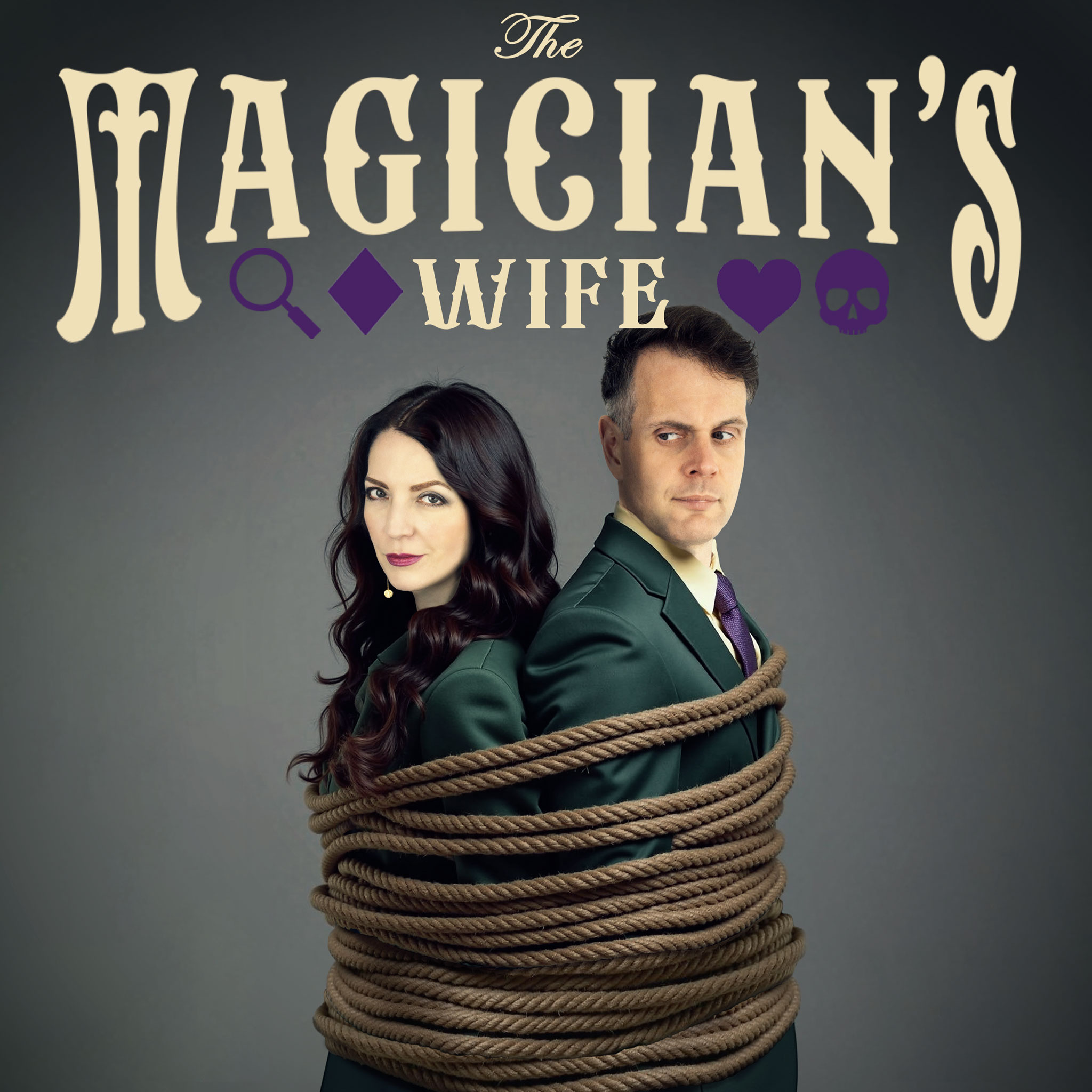The Effect
It is 17th September, 1975, and Dannion Brinkley, a man known for his tough demeanor and occasional run-ins with the law, is on the phone. As he talks, a storm rages outside, in the city of Aiken, South Carolina. Suddenly, an intense flash of brilliant light engulfs him, an unimaginable force hurling him across the room. A bolt of lightning, travelling through the phone line, has struck him directly. His shoes are blown off his feet, his body seared. Medically speaking, Dannion Brinkley is dead.
But for Dannion, death is not the end, but the beginning of an extraordinary journey. As paramedics frantically attempt to revive his lifeless body, Dannion claims his consciousness travels through a dark tunnel, moving towards a brilliant, loving light. He describes encountering angelic or spiritual beings, “Beings of Light,” who show him a panoramic review of his entire life, of every action and consequence he has ever lived. And they do not do this with judgment, but with an emphasis on love and learning.
More astonishingly, Dannion also claims that these “Beings of Light” showed him future world events. During his near-death experience, he says he witnessed visions of the Chernobyl disaster, the Desert Storm conflict in the Middle East, the collapse of the Soviet Union, and the rise of a controversial “sandy-haired” United States president. He is shown not one, but multiple possible futures, contingent on humanity’s choices. These visions, he would later assert, were presented to him in what he called “Boxes of Knowledge.”
After what felt like an eternity, but in reality was apparently only about 28 minutes, Dannion Brinkley returns to his battered body, gasping for air in the hospital morgue. He regains consciousness profoundly changed, not just by his near-fatal electrocution and incredible out-of-body journey, but by something altogether new to him: psychic abilities.
The world Dannion returns to overwhelms him. He claims he can now hear people’s thoughts, see their auras, and receive regular premonitions of future events. These newfound abilities are initially terrifying and disorienting. He reports knowing intimate details about strangers, foreseeing accidents, and experiencing the emotional states of those around him. His old life, his old way of seeing the world, is gone forever.
At first, Dannion struggles to understand and control these unwelcome gifts. But, as time goes by, he somehow manages to hone them, eventually using his psychic insights to comfort the dying in hospice care, offering them glimpses of the peace he experienced while unconscious after his lightning strike, and sharing messages he says come from the world beyond. Dannion writes best-selling books about his near-death experience and subsequent psychic life, including “Saved by the Light,” captivating millions with his story of transformation and his detailed prophecies.
Dannion’s tale is one of profound spiritual awakening born of a violent brush with death. It suggests that the veil between worlds is thinner than we imagine, and that human consciousness might contain untapped potentials unlocked by extreme circumstances. But did a bolt of lightning truly blast open the doors of perception for Dannion Brinkley, gifting him a genuine window into the future and the minds of others? Or was this a traumatised man’s elaborate interpretation of a terrifying event?
The Method
Dannion Brinkley’s dramatic story of being struck by lightning, and awakening from a near-death experience with psychic abilities, captured the fascination of the public. However, as with many extraordinary psychic claims, his accounts have faced considerable scepticism.
One of the primary areas of focus for critics is the prophecies Dannion claimed to have received after being struck by lightning in 1975. While he lists events like the Chernobyl disaster of 1986, and the 1991 Gulf War and collapse of the Soviet Union, as things he foresaw, a crucial question is when these predictions were verifiably recorded. Sceptics argue that many of these “prophecies” were only widely publicised after the events occurred, primarily through Dannion’s 1994 bestseller, “Saved by the Light.” For a prophecy to be truly convincing, it needs to be specific, unambiguous, and documented before the predicted event takes place.
Critics suggest that many of the visions Dannion recounted are either vague enough to be retrofitted to actual events, or were common topics of speculation during the Cold War era. For example, concerns about nuclear accidents or conflict in the Middle East were not uncommon in 1975. The prediction about a “sandy-haired” president could apply to several figures. Without clear, dated, pre-event documentation, it’s difficult to assess their true prophetic nature, something which the Center for Inquiry and other sceptical organisations have pointed out.
Dannion Brinkley’s account of the lightning strike itself, and its immediate aftermath, have also come into question. While medical records confirm he was indeed struck by lightning, some investigators have suggested that the severity and the reported duration of his clinical death at 28 minutes might be embellished, or not fully supported by medical documentation of the time. The specific details of near-death experiences can also evolve as they are retold over the years, potentially influenced by subsequent reading, discussions, or even the desire to create a more compelling narrative.
The psychic abilities Dannion used in his hospice work were also largely anecdotal. While his presence and empathy undoubtedly brought comfort to many dying patients, proving that this comfort stemmed from supernatural insight rather than intuition and observation is challenging. Psychological studies show that profound traumatic experiences, like being struck by lightning, can lead to significant shifts in an individual’s worldview, perception, and even personality, which could be interpreted as a spiritual or psychic awakening by the individual.
Furthermore, it’s noted by some researchers that elements of Dannion’s near-death experience narrative align closely with tropes and descriptions found in earlier near-death experience literature, such as the works of Raymond Moody. This doesn’t inherently invalidate his personal experience, but it does raise the possibility that his interpretation and recounting of the event may have been shaped by pre-existing cultural narratives about what happens after death.
Ultimately, while Dannion Brinkley’s personal conviction and the emotional impact of his story on many are undeniable, the objective evidence for his detailed prophecies and specific psychic powers remain a subject of intense debate. The line between profound personal experience, the fallibility of memory over time, and the potential for embellishment is often blurry, leaving his most extraordinary claims in the realm of belief rather than scientifically verified fact.
© 2025, Lora Jones. All rights reserved. Reproduction prohibited without written permission.



